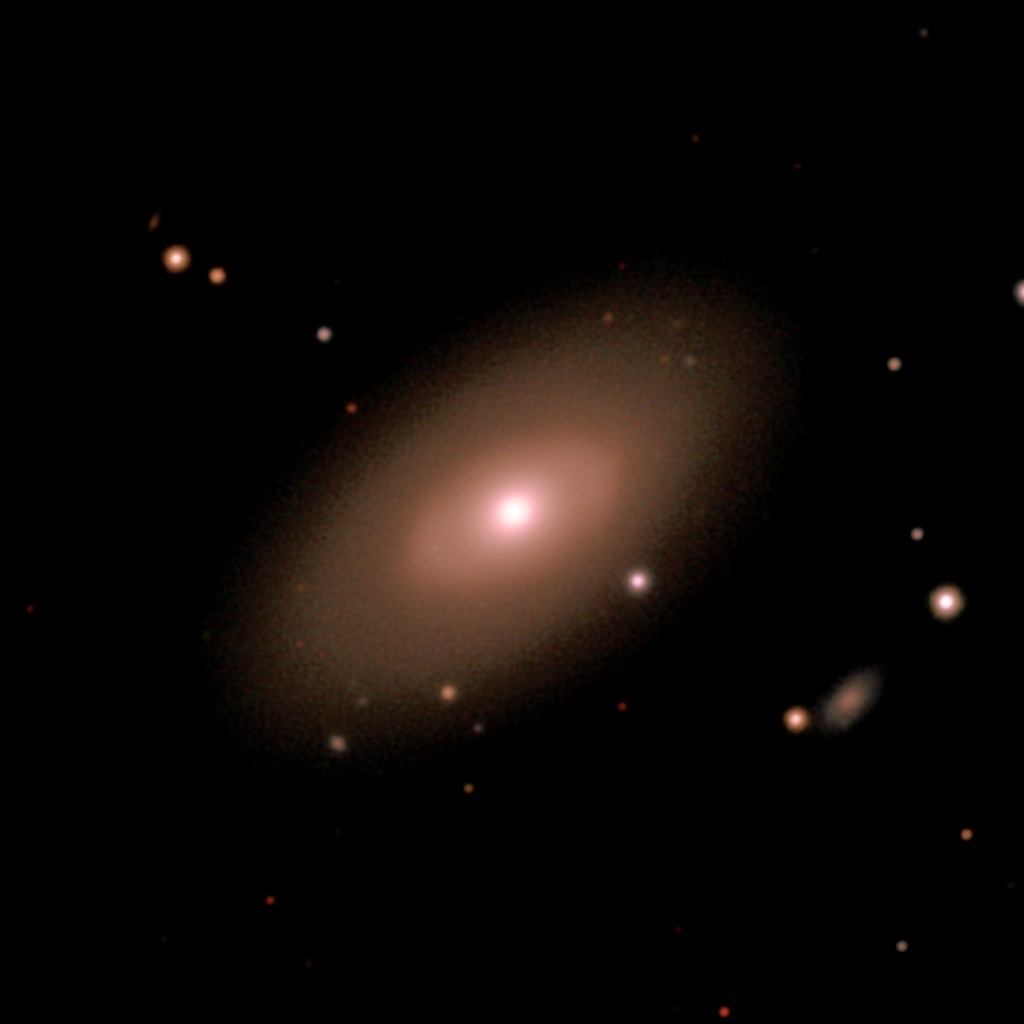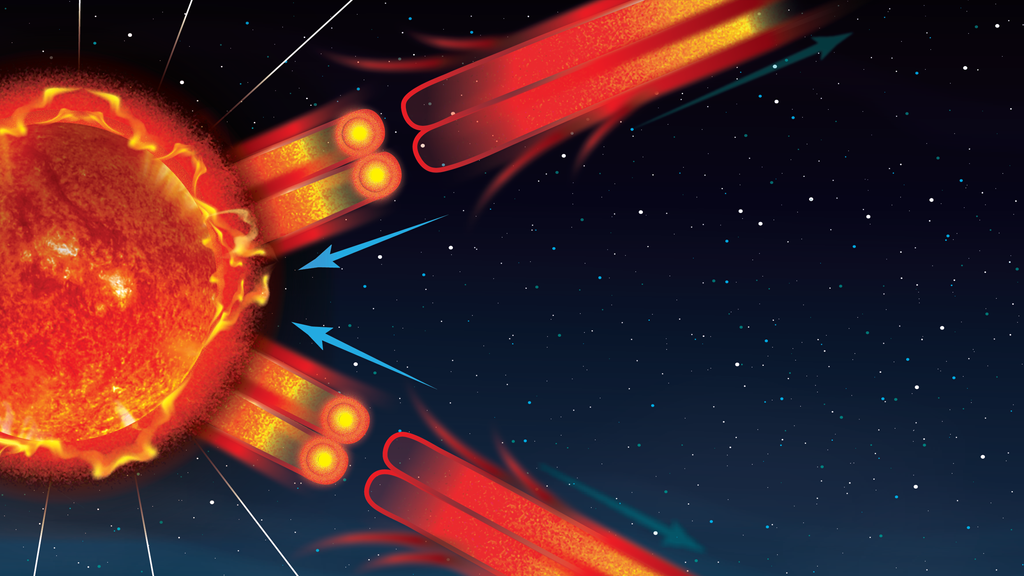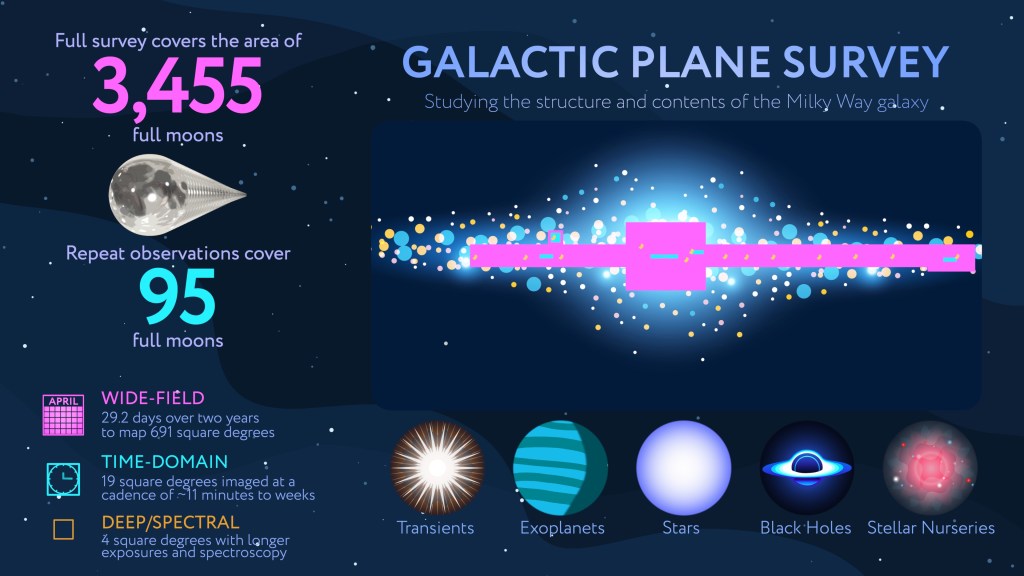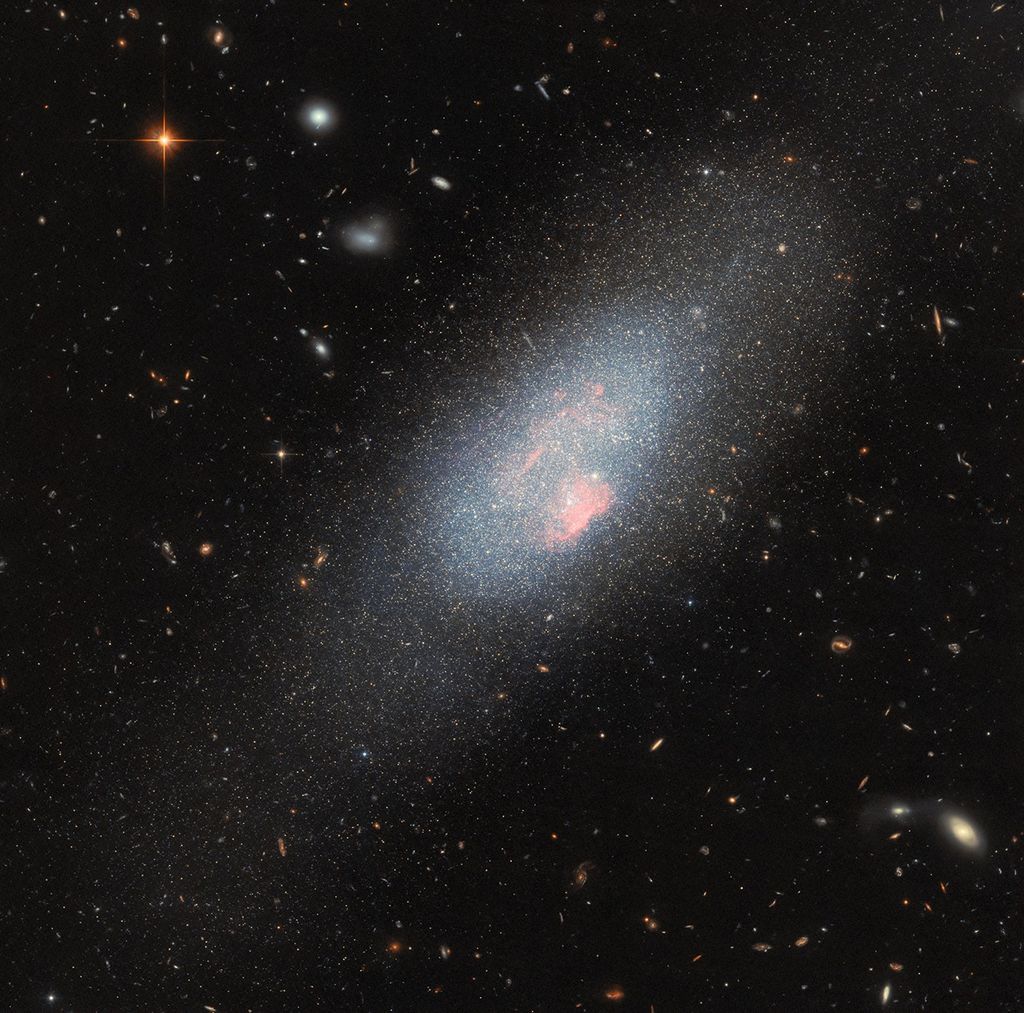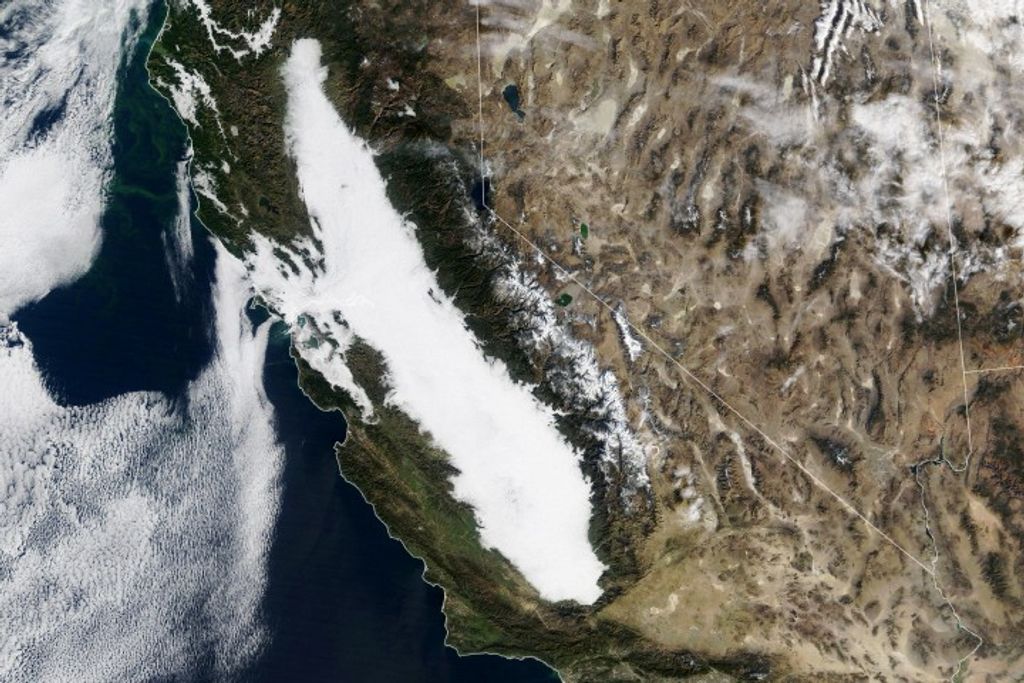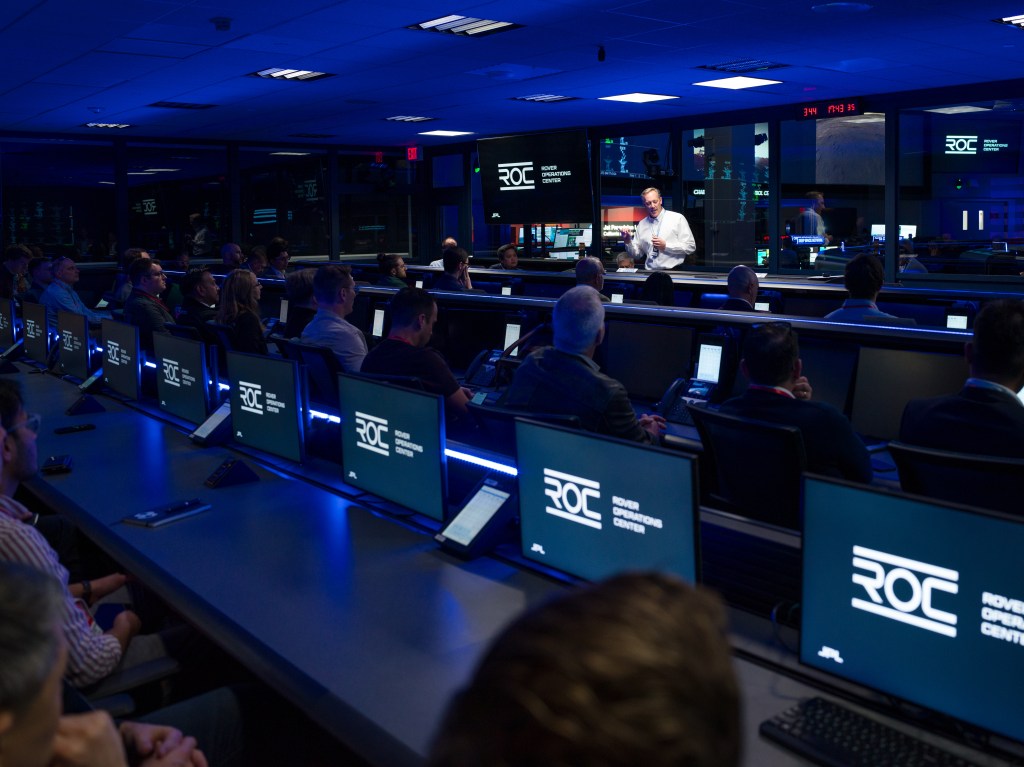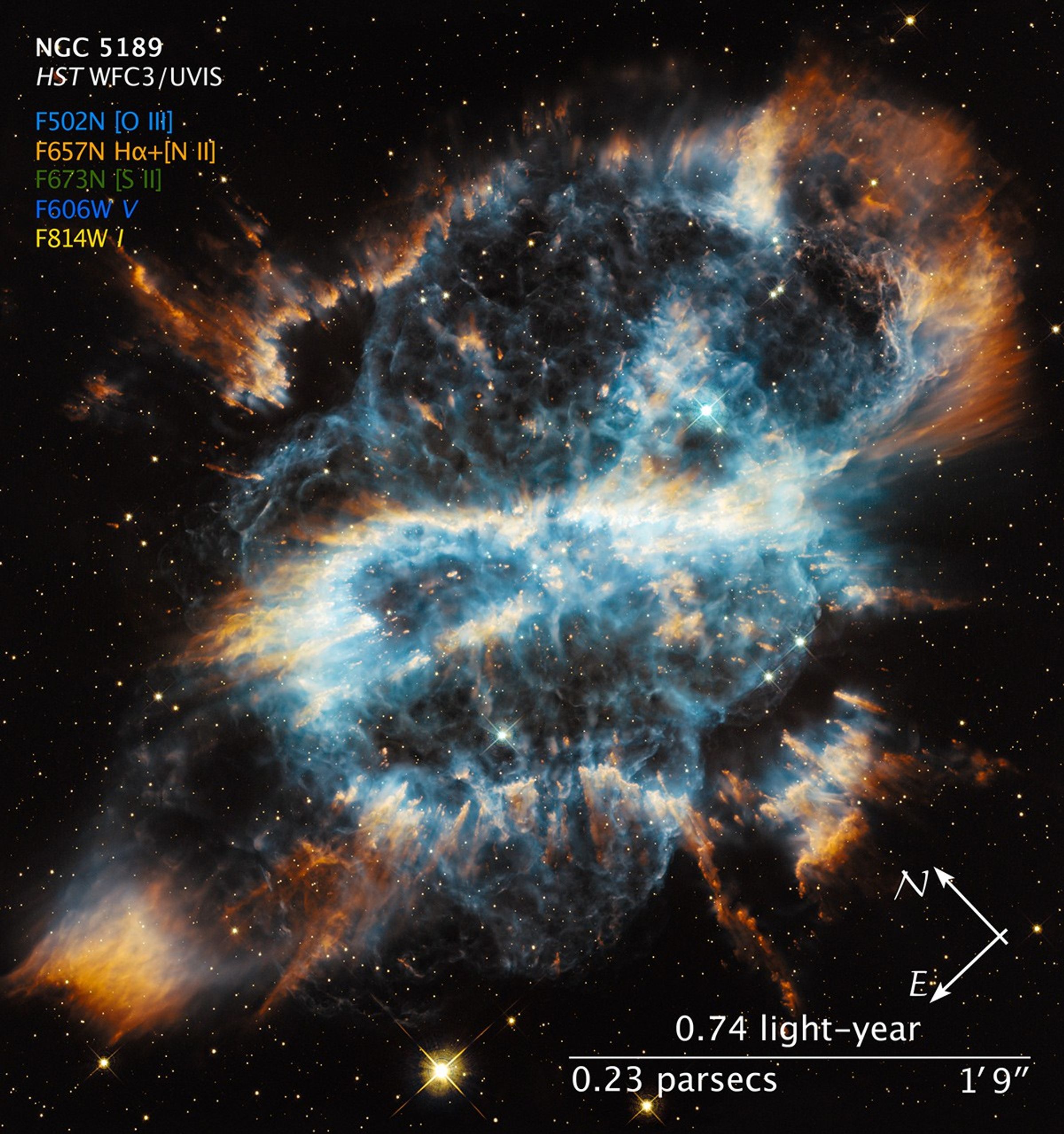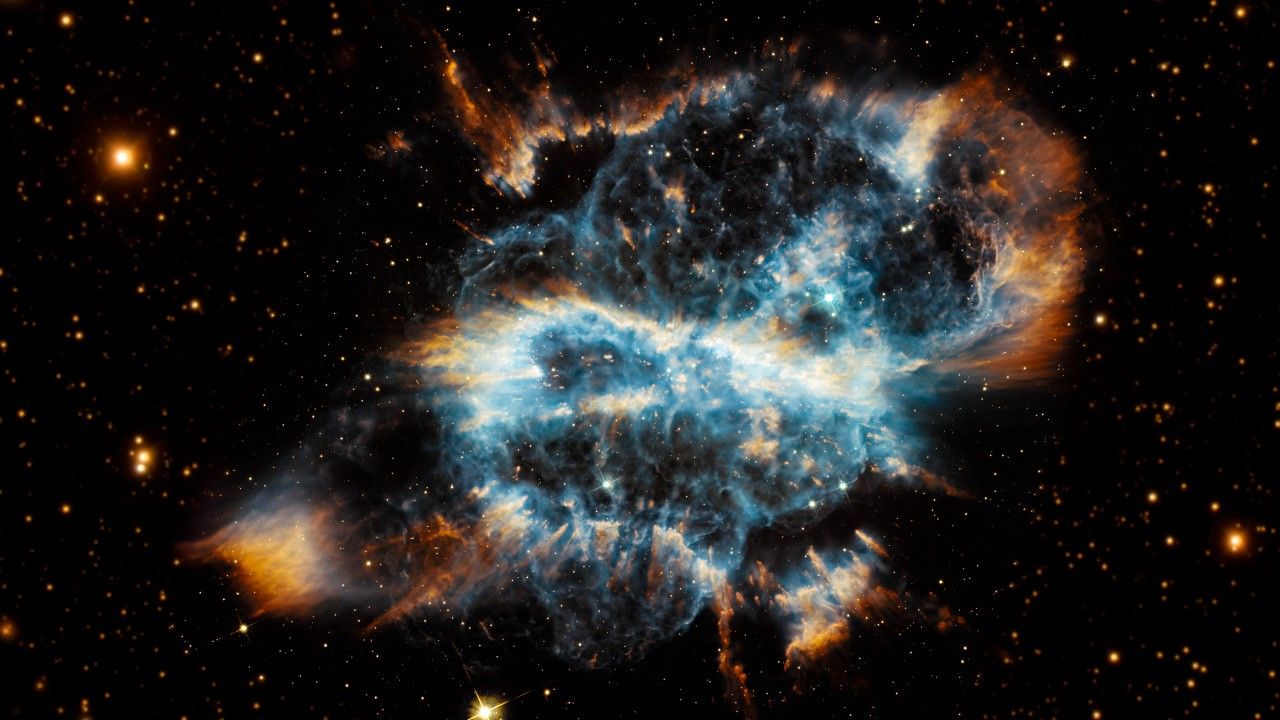1 min read
A Cosmic Holiday Ornament, Hubble-Style

'Tis the season for holiday decorating and tree-trimming. Not to be left out, astronomers using NASA's Hubble Space Telescope have photographed a festive-looking nearby planetary nebula called NGC 5189. The intricate structure of this bright gaseous nebula resembles a glass-blown holiday ornament with a glowing ribbon entwined.
Planetary nebulae represent the final brief stage in the life of a medium-sized star like our Sun. While consuming the last of the fuel in its core, the dying star expels a large portion of its outer envelope. This material then becomes heated by the radiation from the stellar remnant and radiates, producing glowing clouds of gas that can show complex structures, as the ejection of mass from the star is uneven in both time and direction.
A spectacular example of this beautiful complexity is seen in the bluish lobes of NGC 5189. Most of the nebula is knotty and filamentary in its structure. As a result of the mass-loss process, the planetary nebula has been created with two nested structures, tilted with respect to each other, that expand away from the center in different directions.
This double bipolar or quadrupolar structure could be explained by the presence of a binary companion orbiting the central star and influencing the pattern of mass ejection during its nebula-producing death throes. The remnant of the central star, having lost much of its mass, now lives its final days as a white dwarf. However, there is no visual candidate for the possible companion.
The bright golden ring that twists and tilts through the image is made up of a large collection of radial filaments and cometary knots. These are usually formed by the combined action of photo-ionizing radiation and stellar winds.
This image was taken with Hubble's Wide Field Camera 3 on July 6, 2012, in filters tuned to the specific colors of fluorescing sulfur, hydrogen, and oxygen atoms. Broad filters in the visible and near-infrared were used to capture the star colors.
About the Object
- R.A. PositionR.A. PositionRight ascension – analogous to longitude – is one component of an object's position.13h 33m 32.91s
- Dec. PositionDec. PositionDeclination – analogous to latitude – is one component of an object's position.-65° 58' 26.58"
- ConstellationConstellationOne of 88 recognized regions of the celestial sphere in which the object appears.Musca
- DistanceDistanceThe physical distance from Earth to the astronomical object. Distances within our solar system are usually measured in Astronomical Units (AU). Distances between stars are usually measured in light-years. Interstellar distances can also be measured in parsecs.1,800 to 3,000 light-years (540 - 900 parsecs)
About the Data
- Data DescriptionData DescriptionProposal: A description of the observations, their scientific justification, and the links to the data available in the science archive.
Science Team: The astronomers who planned the observations and analyzed the data. "PI" refers to the Principal Investigator.The image was created from Hubble data from proposal 12812: Hubble Heritage Team: PI: Z. Levay (STScI), K. Noll (NASA/GSFC), and M. Mutchler, L. Frattare, W. Januszewski, C. Christian, T. Borders, M. Livio, J. Mack, and J. Sokol (STScI) - InstrumentInstrumentThe science instrument used to produce the data.HST>WFC3/UVIS
- Exposure DatesExposure DatesThe date(s) that the telescope made its observations and the total exposure time.July 6, 2012, Exposure Time: 7 hours
- FiltersFiltersThe camera filters that were used in the science observations.F502N ([O III]), F657N (H-alpha+[N II]), F673N [S II], F606W (V) and F814W (I)
- Object NameObject NameA name or catalog number that astronomers use to identify an astronomical object.NGC 5189
- Object DescriptionObject DescriptionThe type of astronomical object.Planetary Nebula
- Release DateDecember 18, 2012
- Science ReleaseA Cosmic Holiday Ornament, Hubble-Style
- Credit

This image is a composite of separate exposures acquired by Hubble's WFC3 instrument. Several filters were used to sample various wavelengths/frequencies. The color results from assigning different hues (colors) to each monochromatic (grayscale) image associated with an individual filter. In this case, the assigned colors are: Cyan: F502N ([O III]) Orange: F657N (H-alpha+[N II]) Green: F673N [S II] Blue: F606W (V) Yellow: F814W (I)
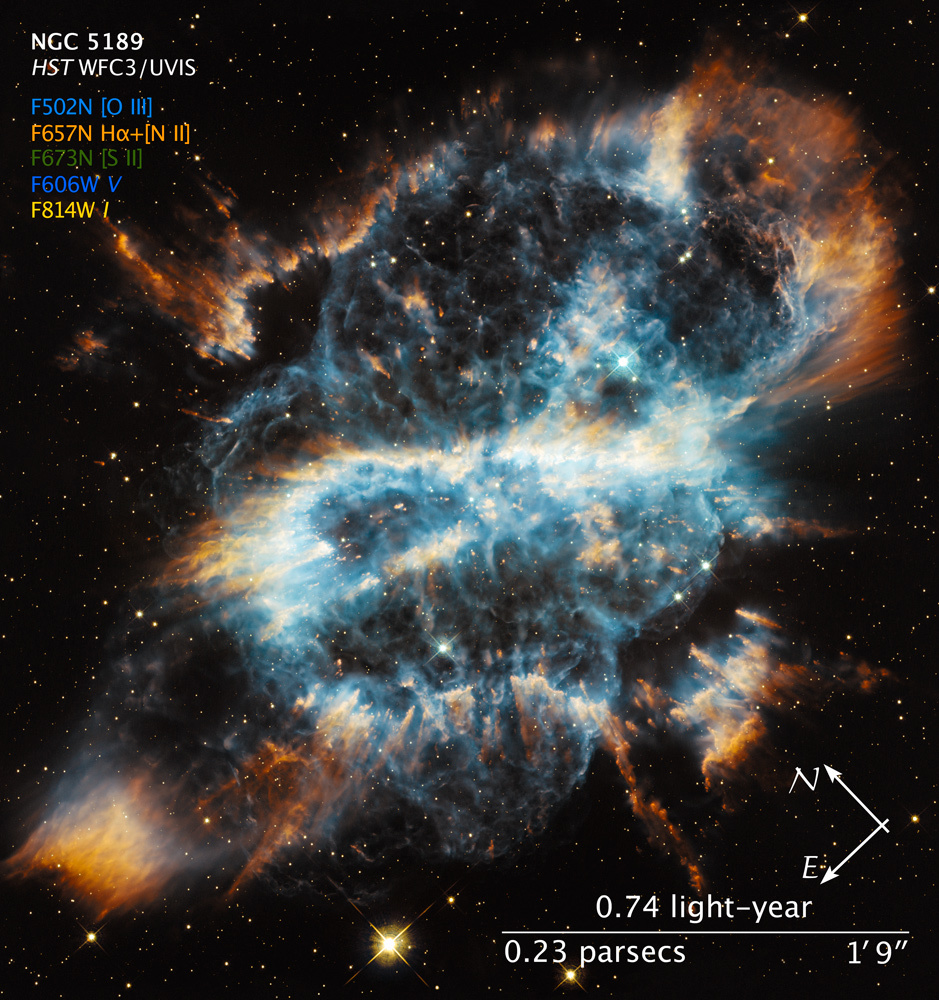
Related Images & Videos
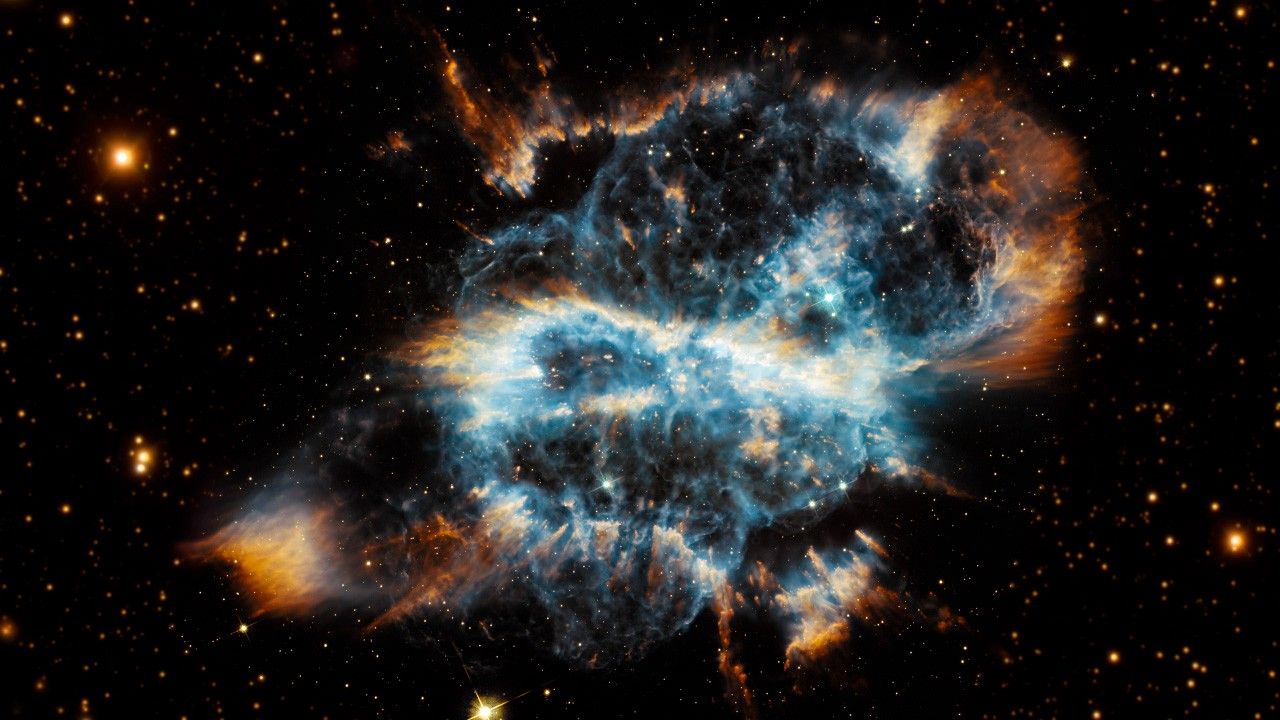
NGC 5189 Zoom Sequence (Annotated)
This is a video zoom into the region of sky containing the planetary nebula NGC 5189. The nebula has a knotty and filamentary structure surrounding bluish lobes. The nebula was formed by gases escaping from a dying Sun-like star. The nebula is located several thousand...
Share
Details
Claire Andreoli
NASA’s Goddard Space Flight Center
Greenbelt, Maryland
claire.andreoli@nasa.gov


